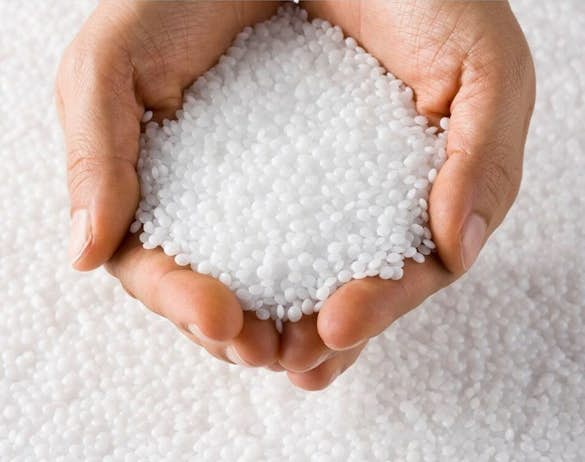
Making environmentally conscious decisions is important to us and to our customers. EPS is a sustainable product that is recyclable and, in most applications, environmentally sound. The lifecycle of EPS has been studied, documented, and proven to leave a smaller footprint on our planet than comparable insulative materials. It is a sensible option for building insulation and protective packaging, and a responsible choice for the environment.
Used in thousands of different ways by individuals and businesses around the world, expanded polystyrene (EPS) is relied upon to provide superior performance in various foam product applications. Whether used as protective packaging for fragile items during shipment, as insulation in building applications, or even in a bicycle helmet, EPS is serving an important role in our everyday lives.
To some, plastic manufacturing and nature loving might not seem compatible, but it is at Cellofoam. Many of our employees are outdoor enthusiasts (e.g. members of our senior management team have climbed 14,000 ft mountains, backpacked into wilderness areas, and home-built wooden canoes), and we take our sustainable stewardship seriously.

EPS is widely recognized as a safe choice for use in food contact packaging by government regulatory agencies throughout the world. Naturally free from harmful chemicals like chlorofluorocarbon (CFC), hydrochlorofluorocarbon (HCFC), hydrofluorocarbon (HFC), and formaldehyde, EPS does not harm the ozone layer or adversely affect indoor air quality. And once collected, EPS may be ground and reused directly in new insulation or may be recycled to build other products. Due to its longevity and stability of its physical properties, EPS insulation may be recovered and reused during building renovations.
Additionally, the use of EPS insulation in both commercial and residential construction has proved to reduce greenhouse gas emissions and significantly decrease energy consumption. For this reason, EPS can contribute to green building recognition in several categories from the Leadership in Energy and Environmental Design (LEED) of the U.S. Green Building Council including energy efficiency, recycled content, localized distribution, indoor air quality, and sustainable sites.

In the past five years alone, we have:
More than Doubled Recycled Content in Many Products - Through extensive R&D investment, Cellofoam has more than doubled the recycled content used in many EPS building insulation products, while strictly adhering to ASTM physical properties specifications. This allows us to utilize more recycled content than ever and enhance sustainability.
Dramatically Increased Pre-Consumer Recycling - Through considerable investment in grinding, de-dusting, storage, and densification systems, we have dramatically increased pre-consumer recycling of EPS. What we don’t use ourselves is now sold to recyclers to reuse instead of ending up in landfills.
Introduced Biodegradable EPS - In 2020 Cellofoam conducted extensive physical property testing of new biodegradable expanded polystyrene materials and now offers them as a choice to customers for protective packaging and cold chain shape molded products.
We’re dedicated to manufacturing products that meet the highest standards of quality and performance. Need to know if Cellofoam’s products are right for your next project? Reach out to our team.